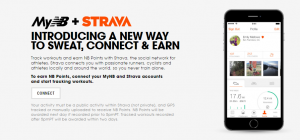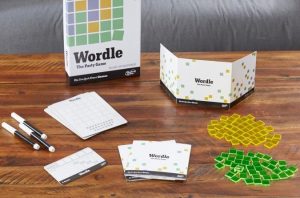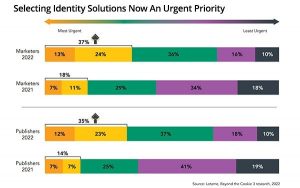
They’re back! About 18 months ago, Pinterest booted all affiliate links from its platform*, effectively pulling the rug out from under countless power pinners who used the traffic-driving powerhouse to increase their affiliate sales. The reason? According to Pinterest, they “observed affiliate links and redirects causing irrelevant pins in feeds, broken links, and other spammy behavior. We believe [the ban] will enable us to keep the high bar of relevancy and quality pinners expect from Pinterest.”
We appreciate that! So, why are they back, and should you get on board or prepare for the spamification of Pinterest?
Why Pinterest Brought Back Affiliate Links
“Now that our spam detection system is so much stronger, we’re ready to allow affiliate links again.” This from Pinterest’s own business blog. So, they are ready to deal with spammers (oh, if you see a spammy one, report it!). Great! But, why bring it back at all? What’s in it for Pinterest?
Well, a couple of things. For one, those power pinners who may have lost some of their enthusiasm for the platform may come back, increasing average time on site, active user counts, and overall activity on the platform. All of this is good for Pinterest’s books, but it also supports their money-making promoted pins both by boosting user stats and in drawing more interest in promotions.
Promoting Affiliate Link Pins
Yes you can promote affiliate link pins. Mine took about an hour to be approved. So, if you have a link where you could earn $ 10 for every sale, you might be inclined to spend $ .75/click or $ .32/engagement. If you’re really good at affiliate marketing, you’ll know what you can spend and still turn a profit.
I signed up for an Amazon affiliate account and within 20 minutes had an affiliate pin on my account and a campaign set up to promote it. Here’s the rub: The product could give me an $ .89 commission. The suggested range for the promoted pin started at over $ 1.32. Haha. So, I set the bit at $ .50 max and I’ll just see what happens. Here’s what it looks like:
Testing out Affiliate Link Pins
I’ll be honest, I never had affiliate linked pins on my radar until Pinterest disallowed them. It’s just not something I was interested in. Now that they’re back, of course, I have to see how they work!
I created a secret board for Podcasting Equipment (I usually do that, fill it up, and then make it public). It’s everything I used when I was producing my own podcast. Everything works together and you don’t need anything else. Useful, right?
I got all the images from Amazon along with the affiliate links and created keyword-rich descriptions along with my personal notes about each piece of equipment and what it does. In each description I included “{affiliate link}.” The FTC requires this any time you link to something where you either are 1. paid to endorse a product or, 2. stand to gain from this sale of the product. Plus, let’s just be honest with people! I am happy to curate something truly useful, and if I make $ 3 a month off it for the next ten years, well, that’s a nice little “thank you!”
Affiliate Pins – Let’s Keep Pinterest Beautiful
The best affiliate marketing is done by people who use and love the product they are endorsing. The worst are those who pin the same affiliate link pin on items they’ve never tried and that have not relevance to their business.
So, how can you take advantage of affiliate link pins while keeping Pinterest beautiful? Most of your boards include pins to things you love and care about or that your customers love and care about, right? So, you can probably think of 5-10 items for each board that you could in good conscience recommend to your followers. You can include the reasons you love them and how you use them in your descriptions. In fact, you might have already linked to these items out of the goodness of your heart. Where’s the harm in making 10% of the sale in a commission?
To keep it physically beautiful (and it can be a challenge – see my podcast equipment board for example – not physically pretty, but beautifully useful), see if you can take photos of the products as you use them, preferably in attractive settings. I’ll be trying to do this more in future.
When affiliate marketing is done with good intentions and includes clear disclaimers, it can only add to the usefulness of Pinterest, perhaps even encouraging more people to share what has been truly useful to them. If you see spammy affiliate pins, please report them. Let’s keep Pinterest beautiful!
*Note: UTM tracking was not impacted.
Like this? Please pin me.
Digital & Social Articles on Business 2 Community(119)
Report Post






